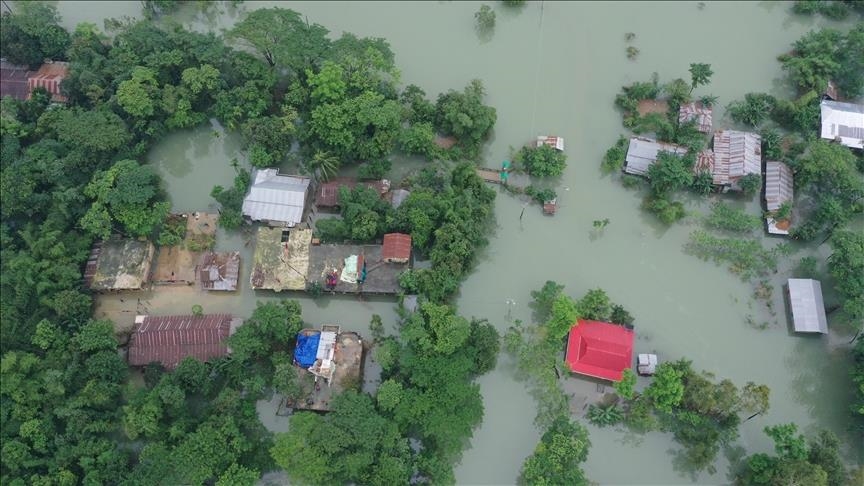
Introduction
Bangladesh, a country in South Asia bordered by India and Myanmar, has emerged as a significant player on the global stage in recent years. With a population exceeding 165 million, it is the eighth most populous country in the world. The importance of Bangladesh lies not only in its burgeoning economy but also in its rich cultural heritage and the increasingly significant role it plays in South Asian geopolitics.
Economic Growth and Development
In the past decade, Bangladesh has experienced robust economic growth, averaging around 6-8% annually. The International Monetary Fund (IMF) projected Bangladesh’s GDP growth to rebound strongly in 2023 after a temporary slowdown due to the COVID-19 pandemic. The country’s readymade garment (RMG) sector is a major contributor, making it the second-largest apparel exporter globally, just behind China.
Moreover, the government’s initiatives to boost infrastructure, such as the Padma Bridge, and investments in renewable energy are expected to propel further growth. A recent report from the World Bank emphasized that investments in education and technology could enhance productivity and sustain economic resilience amidst global uncertainties.
Challenges Facing Bangladesh
Despite its impressive growth, Bangladesh faces significant challenges. Climate change poses a dire threat, as rising sea levels threaten to submerge low-lying coastal regions, potentially displacing millions. The country is also grappling with issues like political instability, poverty, and inadequate healthcare systems. According to UNICEF, about 28 million children in Bangladesh lack access to basic healthcare services, highlighting the need for urgent reforms.
Cultural Heritage and Global Standing
Bangladesh’s diverse cultural heritage is another aspect that enhances its global standing. From rich traditions in music, dance, and art to culinary diversity, the nation offers a unique cultural experience. The celebration of events like Pohela Boishakh (Bengali New Year) and Durga Puja reflects the vibrant traditions that draw tourists from around the globe. Additionally, Bangladesh’s commitment to preserving UNESCO World Heritage sites like the Sundarbans showcases its dedication to maintaining its natural and cultural legacy.
Conclusion
Bangladesh represents a nation at a crossroads of opportunity and challenge. As it continues to strive for economic prosperity while tackling socio-environmental issues, the resilience and determination of its people will be crucial. The future holds significant promise, but only through sustainable practices and strategic planning can Bangladesh secure a flourishing and equitable future for all its citizens. Readers should keep a close eye on this rapidly evolving nation, as its developments may influence both regional and global dynamics.



